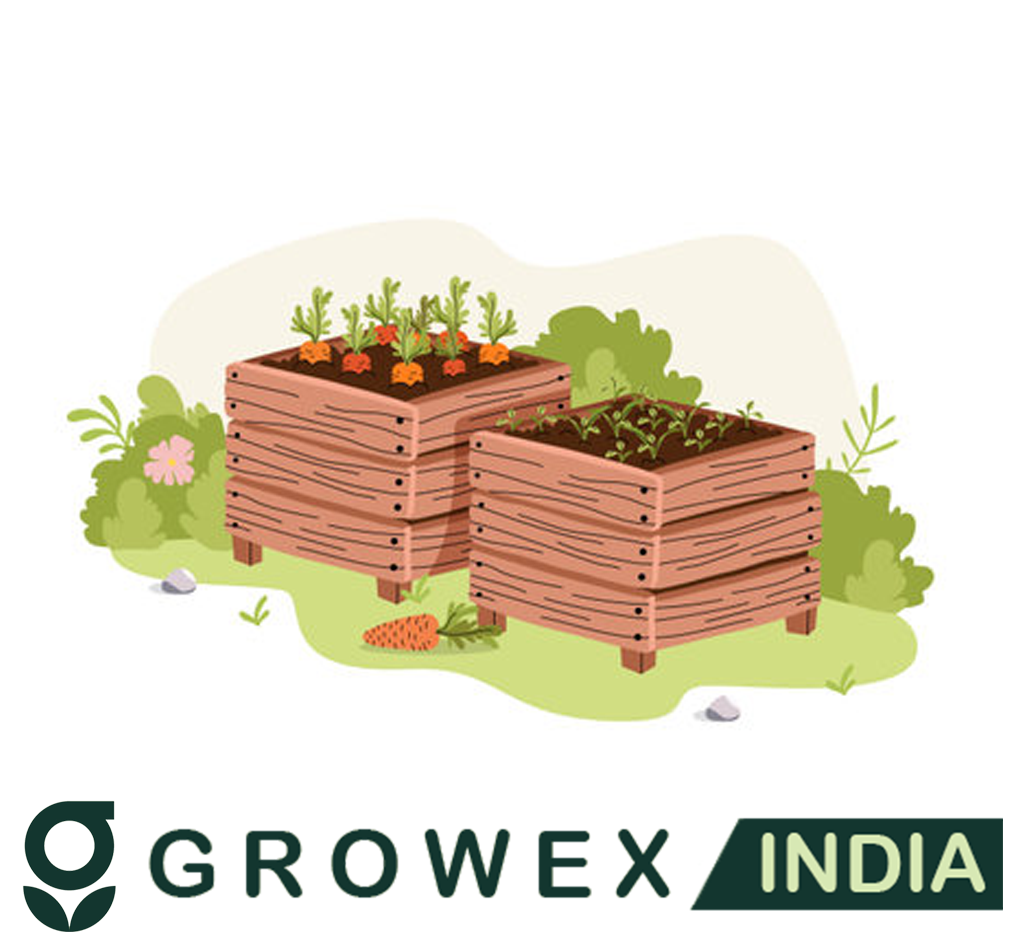
Quality Assurance
Ensuring the quality of cocopeat is crucial for its effectiveness in horticultural and agricultural applications. By adhering to these strict quality control standards, cocopeat manufacturers can ensure that their products meet the needs of their customers while promoting sustainable and eco-friendly agricultural practices.
Moisture Content: below 15%
Cocopeat should have a moisture content of around 20-25% to prevent the growth of harmful bacteria and fungi.
pH Level: 5.5 to 6.5
The pH level of cocopeat should be neutral to slightly alkaline to ensure optimal plant growth.
Electrical Conductivity (EC): below 0.5
The electrical conductivity of cocopeat should be monitored to ensure that it does not contain excess salt, which can be harmful to plants.
Purity:
Cocopeat should be free of any foreign matter, such as stones or other debris, that could affect plant growth.
Compression Ratio: 1:5
The compression ratio of cocopeat should be consistent to ensure that customers receive a uniform product.
Seiving: 8mm and 6mm
Cocopeat is typically sieved to remove coarse particles and ensure uniform texture for horticultural and export use. The standard sieving size depends on the intended application.
Sand Clearance:
Pith first went through Destone or sand remover without any bypass to get the final peat briques
Quality Control Process
Laboratory Testing:
Separate laboratories in production units check the sourced material, product during development, and products post-development.
Regular Checks:
Quality controllers perform checks throughout the manufacturing process right up to dispatch.
Sampling:
Samples are taken of the products sent to ensure good product evolution

